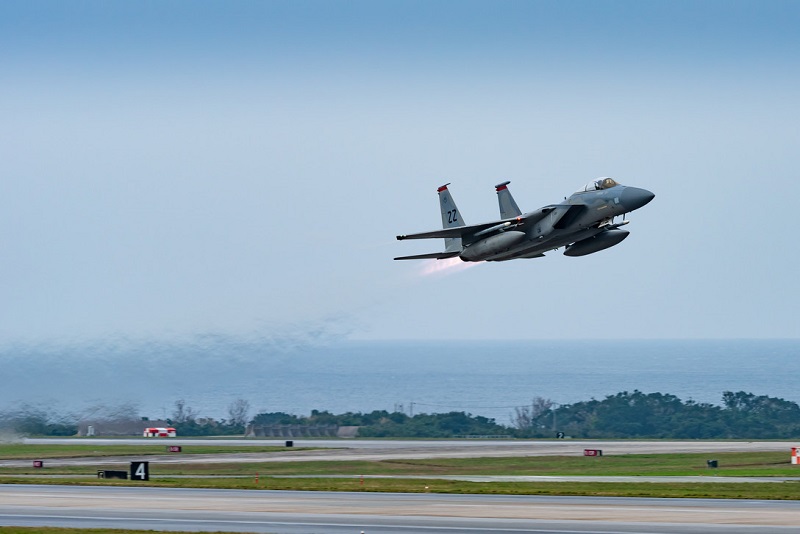Raytheon offers the Army a new, easy-to-use intelligence system
 The U.S. Army’s battlefield intelligence system is complicated. Called the Distributed Common Ground System – Army, or DCGS-A for short, it’s a network for gathering and sharing information about the battlefield, including intelligence, surveillance and reconnaissance data. It requires server racks and an external power source. Operators receive hours upon hours of training.
The U.S. Army’s battlefield intelligence system is complicated. Called the Distributed Common Ground System – Army, or DCGS-A for short, it’s a network for gathering and sharing information about the battlefield, including intelligence, surveillance and reconnaissance data. It requires server racks and an external power source. Operators receive hours upon hours of training.
Raytheon has developed new software that can be used in a commercial, off-the-shelf laptop to offer all the power of the old system and then some, but in a package that’s less complex, the Waltham, MA-based company announced September 25. It’s called FoXTEN, which is short for Force Multiplier Tactical Edge Node, and it’s a nod to 35F, or 35 Fox, the Army’s junior enlisted corps of intelligence analysts.
“We’ve had soldiers pop open our FoXTEN laptop and learn how to use the system in 90 minutes without any instruction – it’s that intuitive,” said Greg Hansel, Raytheon’s Army business development manager for mission support and modernization. “I worked on the current system every day for 15 years, and I still didn’t remember what all the buttons did. You don’t have that problem with FoXTEN.”
DCGS-A is the U.S. Army’s primary system to post and disseminate data and process information. Commanders use the system to run battlespace sensors and receive intelligence information from multiple sources. It’s been deployed to Iraq and Afghanistan as a quick-reaction capability, tracking insurgents’ improvised explosive device networks.
The U.S. Army is seeking to upgrade DCGS-A to improve its usability, directly addressing soldier feedback, while enhancing the tactical military decision-making and intel processes.
“The current system takes about 80 hours of training and requires server stacks, field support engineers, and so much infrastructure,” said Hansel. “With FoxTEN, you crack open a laptop in a HUMVEE or a Stryker, and in a few minutes, an analyst can be processing, exploiting and disseminating critical intelligence.”
Because it’s off-the-shelf, it can be upgraded and accommodate new information sources as they come online. And since the system isn’t proprietary, new apps and capabilities could rapidly be incorporated from any developer as soon as they are released. FoXTEN’s software will also allow analysts to use the system in disconnected, intermittent and limited-bandwidth environments, storing critical data in the system’s hard drive.
“If you’re disconnected and in a remote environment, you don’t have to worry about reaching out to the enterprise,” said Hansel. “You can tailor the data for the scenario or battle they’re going into, and when the analysts get into situations where they become disconnected from the network, they can still execute the mission.”
FoXTEN is one of two systems that the U.S. Army will be testing during its Network Integration Evaluation in November at Fort Bliss in El Paso, Texas. The Army will decide if the systems are ready for operational fielding, and request final proposals, with a choice of a new tactical intelligence system coming as soon as March 2019.
Since Raytheon’s platform uses a commercial laptop, the company could field FoXTEN as early as next summer.
“There’s nothing else out there that can do this,” Hansel said. “I’ve waited 20 years for this type of technology to be developed, so I am super excited to see it fielded.”
Source: Raytheon








